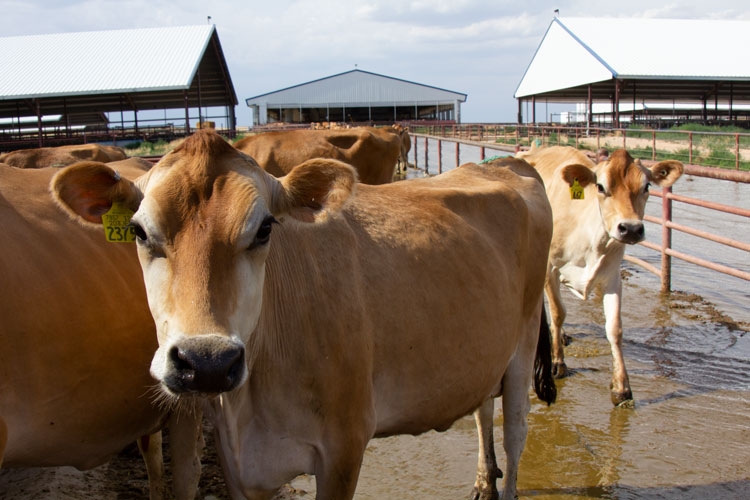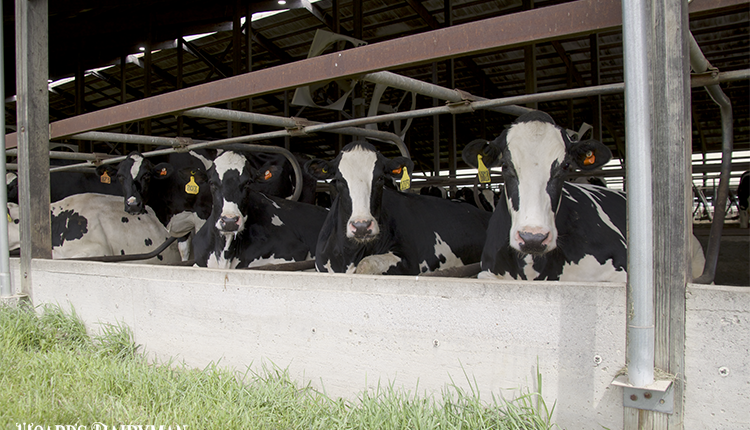
Several enhancements will take effect for the April 7 triannual dairy genetic evaluations, with the most noticeable update being the genetic base.
Other modifications include the launch of Jersey disease resistance traits, improvements to calving trait evaluations, and updates to the 80K SNP set for genomic evaluations.
The genetic bases to which dairy traits are compared in the United States have been updated every five years since 1980. Milking cows born in 2015 will define the new base, and their PTAs will be set back to zero with the April 2020 evaluations. Because progress was made across five years for most traits, most PTAs will be lowered by the approximations shown in this article from geneticists at CDCB and USDA AGIL
More on Jersey health
For Jersey animals, CDCB genetic evaluations to strengthen resistance to health disorders will become available on April 7. The six new traits are displaced abomasum, milk fever, ketosis, mastitis, metritis, and retained placenta – the same traits launched for Holsteins in April 2018. The new CDCB evaluations are derived from Jersey data recorded in Dairy Herd Information (DHI) herds through a concerted industry effort to transfer more Jersey health data to the national collaborators’ database managed by CDCB.
Improvements to calving trait evaluations are effective in April to provide more accurate predictions reflecting current dairy practices. The updates are based on findings from a comprehensive review by Dr. Stefano Biffani. These modifications are expected to result in decreasing trends in calving traits and reranking of animals in April, especially in daughter calving ease and daughter stillbirth.
Finally, the SNP (single nucleotide polymorphism) set used for April predictions includes new SNPs that better track inheritance in additional breeds and traits – an enhancement to reduce computing time while improving accuracy of genomic predictions.
The Council on Dairy Cattle Breeding (CDCB) provides dairy genetic information services through industry collaboration, drives continuous improvement in cow health and productivity worldwide, and maintains the world’s largest animal database, now with 4 million dairy animal genotypes augmenting more than 80 years of recorded U.S. dairy animal performance.
The bottom line
The genomic revolution of the past decade has considerably enhanced the rate of genetic improvement, primarily due to reduction in the generation interval. Advocates for improving sustainability and eliminating world hunger should be amazed to see the changes in productivity of U.S. dairy. Clearly, today’s consumers are requesting assurances of sustainability and animal well-being as they make food and beverage choices.
Because of greater production per cow, greenhouse gases are being reduced per unit of dairy product. Dairy cows’ appearance and health continues to improve, and continued progress can be made through genetic programs that consider the new disease resistance traits.








